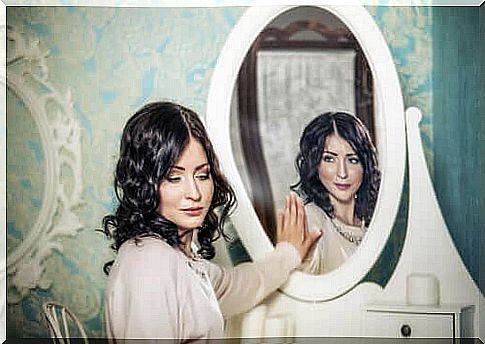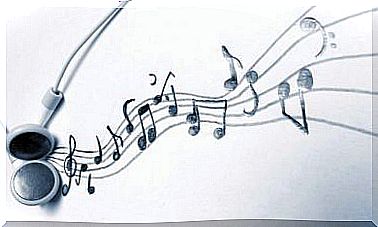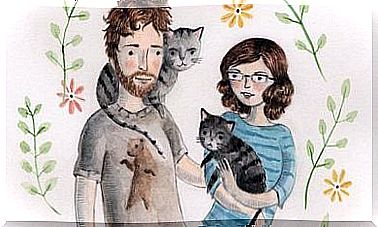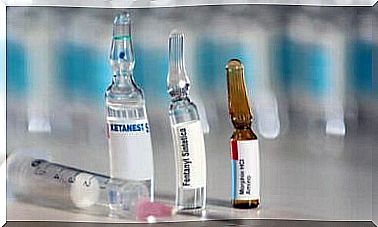Is The Way You Define Yourself Real?

Do you think your friends or someone in your family would define you in the same words as you? Do you think the way you define yourself is real and objective or, on the contrary, does it include some distortion? Discovering these answers is easy: just play a simple game.
The experiment is simple. The next time your friends or family get together, each should write down 3 characteristics that they think define themselves, and then another 3 for each of the people involved in the game.
Were the chosen features the same? Do you think the characteristics you see in yourself or others see in you are real? Why does it happen? This phenomenon occurs due to distortions.
Distortions, both positive and negative, direct us to a version of what we have defined. They can be quite unrealistic or idealized if they are positive, or deformed and pessimistic if they are negative.
So, for example, when we think we drive better than we actually do, especially compared to others, we speak of a positive distortion. On the other hand, when we think that everyone looks prettier than we do, we speak of a negative distortion.
The important thing here is that how we define ourselves conditions our mood and positions us in front of the world.
According to recent studies, we tend to view reality with a positive distortion and adjust information to what is familiar to us, or which is less distant from what is known to us.
Furthermore, we tend to judge the way we acted in the past as much better than it actually was, and to think that our achievements are more unusual and our mistakes more common.

Types of distortions
There are several types of distortions when capturing information. Some of the most common ones that affect how we define ourselves are:
- Distortion of selective attention. It occurs when we direct attention to information that has positive content, both in our actions and in the way we define ourselves.
- Confirmation distortion. In this case, we dedicated our efforts to confirming the hypotheses we already had. Therefore, we tend to seek only what confirms our ideas or resembles the way we see ourselves.
- Self-indulgence distortion. We tend to perceive ourselves as owners of our successes and just passive spectators of our mistakes.
- Comparative optimism. People tend to think they are more likely to experience positive things, that is, more than most. The opposite is also true: we believe that negative things are less likely to happen to us.
- Invulnerability Distortion. We tend to believe that we are less likely to have something bad happen to us. We mistakenly think that we are immune or that we are in control of the situation.

How do distortions affect how you define yourself?
How are we going to change something we don’t even recognize is wrong with us? How are we going to continue growing and developing if we are not able to see where we have failed or where we can improve?
We believe that others are to blame for our unhappiness or that we know each other perfectly simply because we spend all day with us. But the fact is that we are far from reality.
Whenever something goes wrong or doesn’t go as planned, instead of blaming yourself, imagine you were asking yourself: what is my share of the blame for this? What did I fail? What can I improve or change so that I don’t suffer the same consequences again?
Only then would we be closer to knowing ourselves, closer to growing, closer to reality.
Distortions tend to bring us a more positive view of ourselves. A distorted view that at times will favor us, but at others it will harm us. For example, if we think we drive better than we do, we are likely to be more assertive but also more uncompromising.
What is important, in fact, is to know how these distortions work, identify their influence and manage their outcome in our favor.









